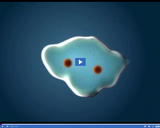
Amoebas have a nucleus and food vacuole. They reproduce by dividing into two new cells.
- Subject:
- Science
- Provider:
- Utah Education Network
- Author:
- Visual Learning Company
- Date Added:
- 02/28/2010

Amoebas have a nucleus and food vacuole. They reproduce by dividing into two new cells.
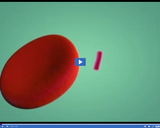
Bacterial cells are smaller than plant or animal cells.
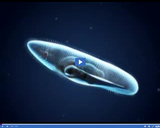
Ciliates, such as this paramecium, use cilia to propel themselves through water.
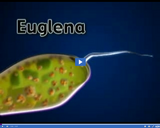
Euglena are single-celled, plant-like protists that can make food from the sun's energy. They can also act as heterotrophs and obtain food from the environment in the absence of sun.
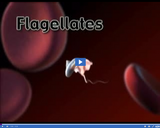
Flagellates are a group of protozoans that move through water by waving a whip-like flagellum back and forth.
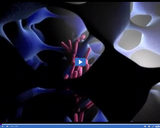
Monerans are microorganisms that consist of a single small cell.
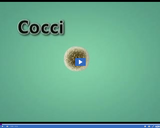
There are three main shapes of monerans: cocci (spherical), bacilli (rod-shaped), and spirilla (spiral-shaped).
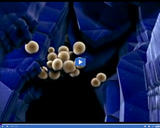
Bacterial cells are referred to as prokaryotes. Prokaryotic cells do not contain a nucleus or other internal structures common in plant or animal cells.

Areas near the equator receive the sun's rays more directly throughout the year, resulting in an overall warmer climate.

Latitude is the measure of distance north or south of the equator. The equator has a latitude of 0 degrees, and the north and south poles have latitudes of 90 degrees.

Areas near the north pole receive the sun's rays indirectly, causing them to be cooler than areas near the equator.
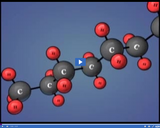
There are millions of carbon compounds, ranging from simple compounds containing two atoms to more complex compounds involving thousands of atoms.
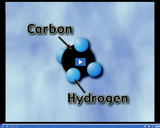
Hydrocarbons are organic compounds that contain only hydrogen and carbon atoms.
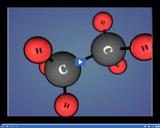
A compound containing carbon is often referred to as an organic compound.
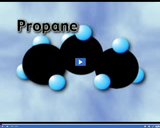
Saturated hydrocarbons, such as propane and methane, contain carbon atoms connected by a single covalent bond.

Unsaturated hydrocarbons form long chains consisting of at least one double or triple covalent bond.
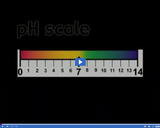
A pH scale is used to measure the pH of a substance. Ranging from 1-14, 7 represents a neutral point. Anything below 7 is considered an acid and anything above 7 is considered a base.
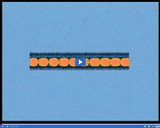
Alternating current reverses or alternates direction in a pattern.
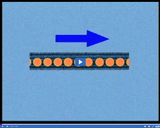
In direct current, the current flows in one direction through a wire.
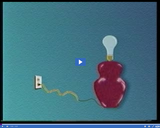
A current consists of flowing electrons, which are commonly conducted in a wire, such as the wire of this lamp.